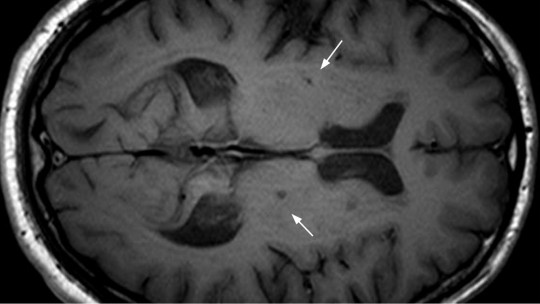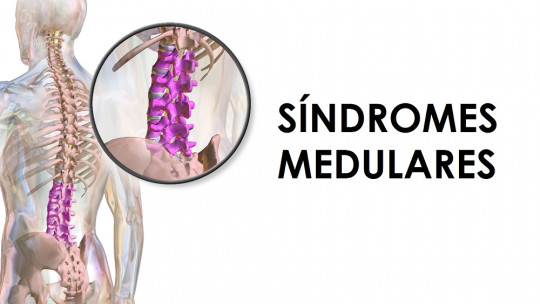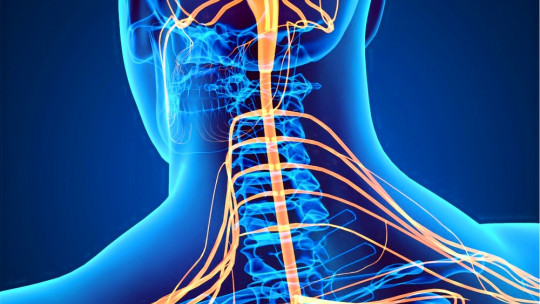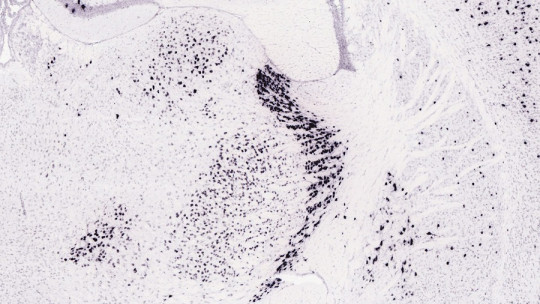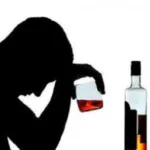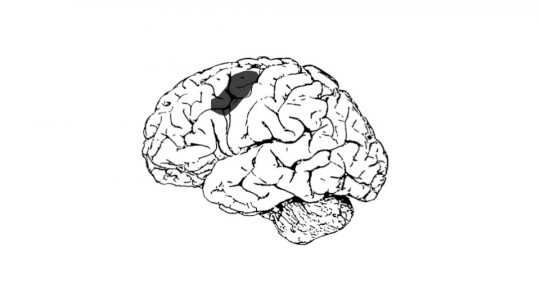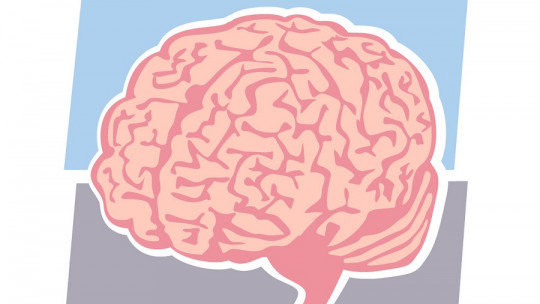
Pure sensory syndrome occurs after a cerebral infarction in the thalamus a structure of vital importance for filtering sensory information, and causes, among other symptoms, paralysis and a loss of sensitivity in half of the body.
In this article we explain what pure sensory syndrome consists of, what its main causes are, what symptoms it causes and what treatment to follow.
What is pure sensory syndrome?
Pure sensory syndrome is one of the classic lacunar syndromes best defined by the doctor Charles M. Fisher one of the first neurologists to study and contribute to the understanding of strokes, especially those related to carotid artery diseases and lacunar infarctions.
In clinical practice, lacunar syndrome is understood as any clinical manifestation in which a lacunar type cerebral infarction occurs.
This type of heart attack They are characterized by the presence of tiny lesions (not larger than 15 mm in diameter) caused by the occlusion of small branches of the perforating arteries of the brain.
Pure sensory syndrome constitutes 7% of lacunar infarcts and people who suffer from it manifest persistent or transient sensory symptoms that affect half of the body.
Causes
Little is known about the frequency with which the different forms of the syndrome occur, which include: complete hemisensory syndrome (with sensory involvement that encompasses the entire facio-brachio-crural axis, that is, the face, arm and leg on one side of the body); and incomplete hemisensitive syndrome (less specific and with different clinical variants).
The most common cause of pure sensory syndrome includes lacunar infarction in the thalamus, although it can also be secondary to intracerebral hemorrhages or a cortical lesion, internal capsule, parietal, mesencephalic or pontine (related to the pons or pons, a structure located in the base of the brain).
There is still not much information regarding the different types of lacunar infarcts that can cause pure sensory syndrome, as well as the differences between lacunar and non-lacunar strokes.
However, the studies carried out indicate that In 80-90% of cases, the cause of pure sensory syndrome is lacunar infarction ; and in the remaining 10% of cases, the causes would be varied, including atherothrombotic infarctions, primary intracerebral hemorrhages and other types of infarctions of unknown etiology.
Symptoms
Pure sensory syndrome causes a series of sensory symptoms that usually affect the face, arm, and leg on one side of the body (facio-brachio-crural hemi-hypoesthesia).
The most common symptoms include: isolated hypoesthesia (reduced sensation) without motor compromise, paralysis of one side of the body or hemiplegia dysarthria (difficulty articulating sounds and words), nystagmus (uncontrollable and involuntary eye movement) and visual or cognitive defects (alterations in executive functions, such as semantic fluency or short-term verbal memory).
This lacunar syndrome also may be associated with neuropathic pain and epicritic sensitivity (which allows us to discriminate both the quality and location of a sensory stimulus), protopathic sensitivity (opposite of epicritic) or both may be affected.
Other types of symptoms such as paresthesias (numbness and tingling in the body, mainly the extremities) are usually uncommon, as is isolated proprioceptive loss, which implies the ability to know the relative position of the body and muscles at all times.
The hypoesthesia that occurs in pure sensory syndrome can be faciobrachial, facio-brachio-crural, facio-crural or trunk and crural, with frequent thalamic topography, and the one that occurs in the fingers can be associated with parietal cortical lesions Other patterns with this same symptom have also been associated with lesions in the brain stem.
Treatment
One of the maxims when treating pure sensory syndrome and, in general, any type of lacunar infarction, is intervene in time This means that treatment must be urgent, since the first hours after the stroke are crucial, and a difference in hours can mean whether the patient survives or not.
After the heart attack, The person should be taken to the nearest hospital as soon as possible to begin treatment as soon as possible (within the first 3 hours after the injury), generally through the use of anticoagulant drugs that eliminate the occlusion and allow blood flow to return to normal flow. Sometimes brain surgery is required, but it is not common.
Once operated on, the patient You will have to begin rehabilitation that includes visiting different professionals from various health branches
Physiotherapy and medical monitoring
The role of the physiotherapist is to help the patient restore motor functions, mainly by performing exercises with the affected joints. The professional must take special care not to generate further complications in the patient’s body and extremities, which will be very weakened after the heart attack.
For his part, the specialist doctor (the neurologist, in this case) will be in charge of monitoring possible neurological complications and may request any type of test required (a CT scan, MRI, etc.).
Neuropsychological rehabilitation
The role of the neuropsychologist in these cases is to rehabilitate higher cognitive functions that have been affected In lacunar infarctions, for example, executive functions can be affected, which are responsible for planning, reviewing and evaluating complex information that helps the individual adapt to the environment and achieve goals effectively.
The neuropsychologist, through the application of individualized programs and the performance of specific tasks, will help the patient to restore and/or compensate for the cognitive deficits caused by the injury, so that the person regains their autonomy and can once again be functional in all areas. areas of your life (family, work and socially).
Occupational and psychological therapy
The main objective of occupational therapy is enable the patient to participate in activities of daily living The job of the occupational therapist is to facilitate the individual, after the recovery period, being able to modify his or her environment so that he or she can once again participate in social and community activities.
Psychological therapy will help the patient to improve skills that have been diminished and to recover from damage on an emotional level that a disorder of this type causes in the patient and his/her closest environment. The psychologist must provide the patient with the necessary tools to achieve the psychological well-being and vital balance that every person needs after a process like this.

